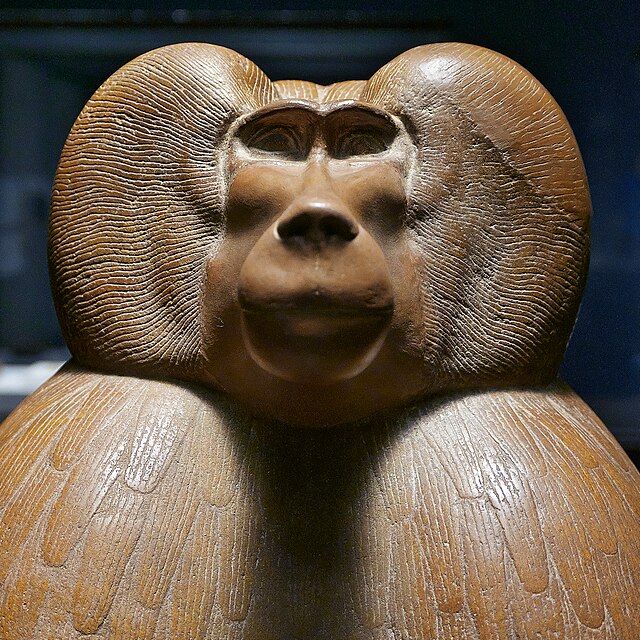He was a man who found life in various bodies. He pervaded religious traditions like a mist. He became Moses, Enoch, Adam. He was a god who became man who became god again. He is a great friend of Christians, and their greatest enemy. He was the prophet of the Trinity, referring to the Unbegotten, Self-begotten and Begotten. He was a great monotheist who affirmed that the world was God made by God. He also said that divinity was unknown and that everyone’s consciousness was God. He valued nature and the cosmos so much he called it God’s son.
His story stretched through the centuries, but few know him. His teachings are published, but his disciples are sworn to secrecy. His name appears in books that are not connected, and yet the references to him seem to form a chain. Long ago, he migrated out of Egypt and survived when a thousand other gods perished. He predicted the apocalypse but survived it. For him, science and spirituality are one, and have always been one.
Throughout the ages, his white beard has grown long, and the bags around his eyes sink deeper. But there is a glint in his pupil, and life in his step. He is the undercurrent of many religions, though he has outgrown them all. He is the stone that is no stone, and gave his name to the most potent elixir. He taught how the stars relate to us and how to transcend their influence. For him, prayer was ecstasy and hymns the reflection of God’s glory. He knew the music of the spheres and the sound of silence. He built the pyramids and invented hieroglyphics. He denied that animals were rational, though he took the form of an ibis and a baboon.
You will find him sitting in desert caves and on the gilded floor of a cathedral. His works gather dust in ancient libraries and many clicks on the internet. He is the pride of the Greeks, the sage of the Sabians, a prominent deity of Egypt, a magos from Babylon, a European sage, an Arabian astrologer, a Moorish philosopher, a heritage for the cosmos. In him west is east and east, west; what goes up comes down and what descends, ascends. Even if people don’t know his true name, they recognize him in the face of Jesus, Confucius, the Buddha, and Mani.
His name is HERMES THRICE GREAT.
Interested? take my course Introducing the Hermetica



